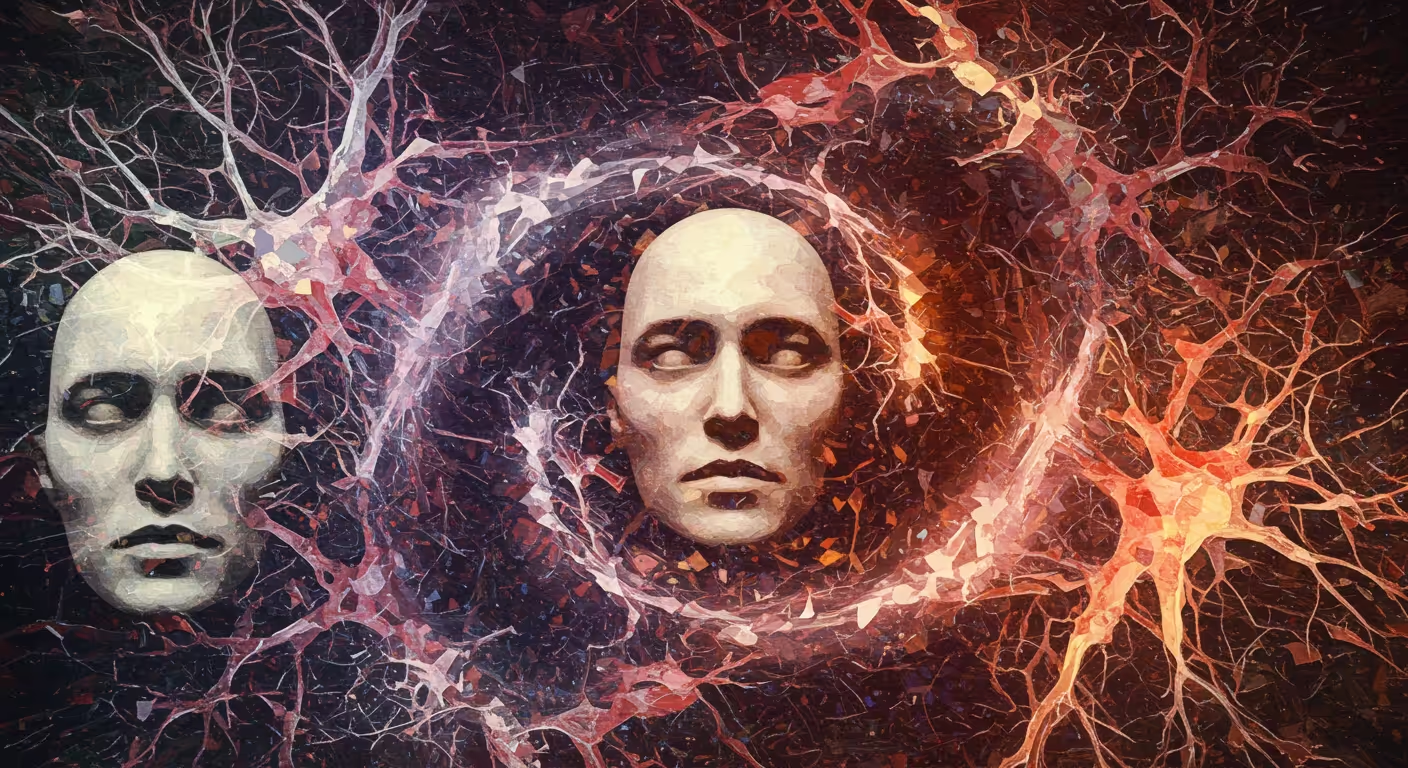- Sections
- Ruby
- Web Development
- Artificial Intelligence
- Urban Planning
- Astronomy
- Issue Navigation
- Previous Issue
- Next Issue
Sunday, April 27, 2025
The Digital Press
All the Bits Fit to Print
Sunday, April 27, 2025
All the Bits Fit to Print
Theoretical analysis shows automated hallucination detection requires expert-labeled feedback.
possibility%20of%20Automated%20Hallucination%20Detection%20in%20Large%20Language-%20%20Models.png)
This work explores whether it is possible to automatically detect hallucinations—false or incorrect outputs—produced by large language models (LLMs). It introduces a theoretical framework linking hallucination detection to the classical problem of language identification.
Why it matters: Automatic hallucination detection is crucial for trustworthy LLM use but is fundamentally hard without expert feedback.
The big picture: Detecting hallucinations is equivalent to identifying languages, a notoriously difficult problem, if only correct examples are used.
Stunning stat: Hallucination detection is impossible for most language sets when trained solely on correct statements without negative examples.
Quick takeaway: Incorporating expert-labeled incorrect examples enables reliable hallucination detection across all countable language collections.